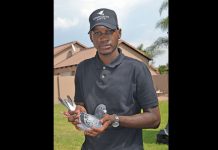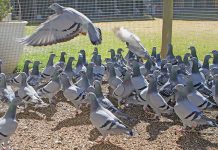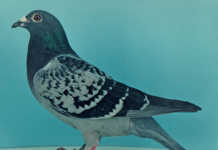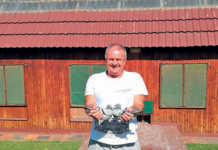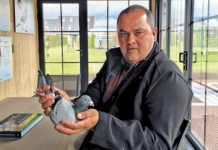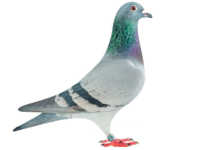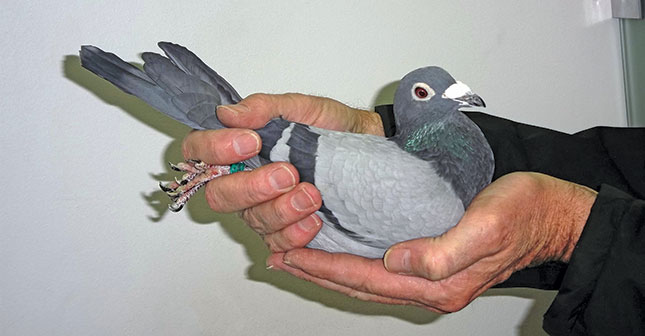Most fanciers were working men earning only a reasonable monthly salary. Except for a doctor, a dentist and a professor, most fanciers had to save up to indulge their passion for pigeon racing.
Prize money was kept to a minimum, although there were a few guys who made side-bets on a friendly basis. Besides a jealous or overcompetitive fancier here and there, the sport of pigeon racing was an enjoyable and relaxing hobby. My new “beginner” friends and I received honest help from the champion fanciers of those days, and success came to most of us speedily.
Fancy lofts and imported pigeons
The few wealthy fanciers spent a lot of money on building fancy pigeon lofts, but did not always have time to practise the sport to the full. Some fanciers explored the European market and imported expensive quality racing pigeons to South Africa, to the benefit of everybody.
Frans Putterie and Sonny Kippen were the two pioneering fanciers who established our own South African strains, known as the “Putteries” and “Slimme” pigeons. Other names were Dr CJ Cillie, and Prof Willi Herbst who imported the Janssens and Stichelbaut strains from Belgium. More breeders who imported Belgian strains were Bill Morkel, Dr Arthur Brymer, Dirk Jordaan, Pastor JL de Bruin, Hennie Faber, Monty van den Burgh, Tony Dominguez, Chris Smith, Pepsi Pieterse and Bernard Biddulph.
The late entertainer Bles Bridges, a keen pigeon fancier, also imported good Belgian stock. Some of the local breeding stations were the Marathon Breeding Station in Pietersburg (Polokwane) which bred Hornstras and Delbars, and the Nico Rabie Racing Pigeon Stud in Cape Town (various European strains). Other wellknown breeders and importers were John C Hoehler in Germiston, Frans Fouché in Pretoria, Jerry Eksteen and At Lockhorst – space does not permit us to acknowledge everybody.
Success and good sportsmanship
The importation of quality racing pigeons made it possible to experiment with the best European bloodlines money could buy. Competition became stronger, though the clubs did not become bewitched by money in those days. You could nominate a bird of your choice for as little as 50c, R1,00, R2,00 or R5,00.
The first nominated pigeon home won the money. Cash was not compulsory and money was never an issue. Handshakes were shared among the winners and the not-so-successful fanciers were given advice and encouraged to keep trying.

